You Must Know Which Of These Six Types Of Acne You Have To Treat It Properly
"Hearst Magazines and Yahoo may earn commission or revenue on some items through these links."
Whether you're looking for the best spot treatments to swipe over a brand-new pimple or an acne face wash to keep your blemish-prone skin in check, you can look pretty much anywhere for advice on how to treat and prevent acne. Still, figuring out how to handle a breakout starts with knowing what type of acne you're dealing with in the first place—after all, not all pimples are the same.
Meet the experts: Mona Gohara, MD, is a board-certified dermatologist, associate clinical professor of dermatology at Yale School of Medicine, and Women's Health Advisory Board member. Lindsey Zubritsky, MD, FAAD, is a board-certified dermatologist at Premier Dermatology and Skin Cancer Center in Mississippi. Brendan Camp, MD, is a double-board-certified dermatologist at MDCS Dermatology: Medical Dermatology & Cosmetic Surgery in New York.
While you may think that all you need to do is load up on salicylic acid cleansers and other over-the-counter treatments to keep your breakouts under control, some forms of acne can be more severe and require stronger alternatives or a prescription from a dermatologist to treat.
If you're unsure of how to differentiate what may be happening to your skin, we put together a short guide that explains the different types of acne, what causes them, and the best ways to treat each.
Non-inflammatory acne
Also known as comedonal acne, this type of acne is characterized by whiteheads and blackheads. These can both be caused by the pores becoming clogged with oil, dead skin, and dirt, but according to board-certified dermatologist Mona Gohara, MD, hormones are another factor.
“Hormones basically nudge the oil gland, or the sebaceous gland, to produce more oils,” she says. This can cause irregular shedding (basically the skin isn’t able to shed dead cells), leading to clogged pores and whiteheads or blackheads.
Blackheads: These usually present as small, dark bumps on the skin. “This is a type of acne, also known as open comedones, that is caused by the hair follicle or pore getting clogged with dead skin cells and oil,” says board-certified dermatologist Lindsey Zubritsky, MD, FAAD. “It’s open to the air, which oxidizes the clogged material, resulting in a black discoloration.” While you can remove blackheads by simply squeezing them, this isn’t always recommended (especially if you’re doing it on your own as opposed to having a dermatologist or aesthetician do it) since it can cause scarring.
Whiteheads: While blackheads are exposed to the air, whiteheads (aka closed comedones) are protected by a thin layer of skin, per Dr. Gohara—this is why the pus inside presents as a white, creamy color as opposed to turning black from being oxidized by air. These can also be caused by clogged pores, and while it’s normal to want to pop them, you shouldn’t try to do so on your own, since this can also cause scarring and trauma to the skin.
How to treat non-inflammatory acne
Much like plenty of other skin issues, getting rid of blackheads and whiteheads starts with your skincare routine. “Treatments that decrease oil production, exfoliate, and increase cell turnover are most effective,” Dr. Zubritsky says. This means you should look for products with ingredients like salicylic acid and retinoids like retinol.
“Salicylic acid is a beta-hydroxy acid that works to dive deep into the pores, reduce oil, exfoliate dead skin cells,” she adds. While some salicylic acid products come in the form of serums and targeted treatments, Dr. Zubritsky says that it’s best used as a cleanser. Retinoids on the other hand, remove debris and dead skin cells from the top layer of the skin, and are more commonly used as serums.
You can use both salicylic acid and retinol in your routine at the same time, just be aware that both ingredients have the potential to cause dry skin, irritation, and sun sensitivity. "If using products with either ingredient, remember to start slowly to allow your skin time to develop a tolerance to them before using them more regularly," double-board-certified dermatologist Brendan Camp, MD advises. To avoid this, just make sure you're following the use of both ingredients with a good moisturizer or SPF.
Since both of these types of bumps occur as a result of clogged pores, it may also be helpful to choose non-comedogenic skincare products, or products that won’t clog your pores.
Effaclar Purifying Foaming Gel Cleanser for Oily Skin
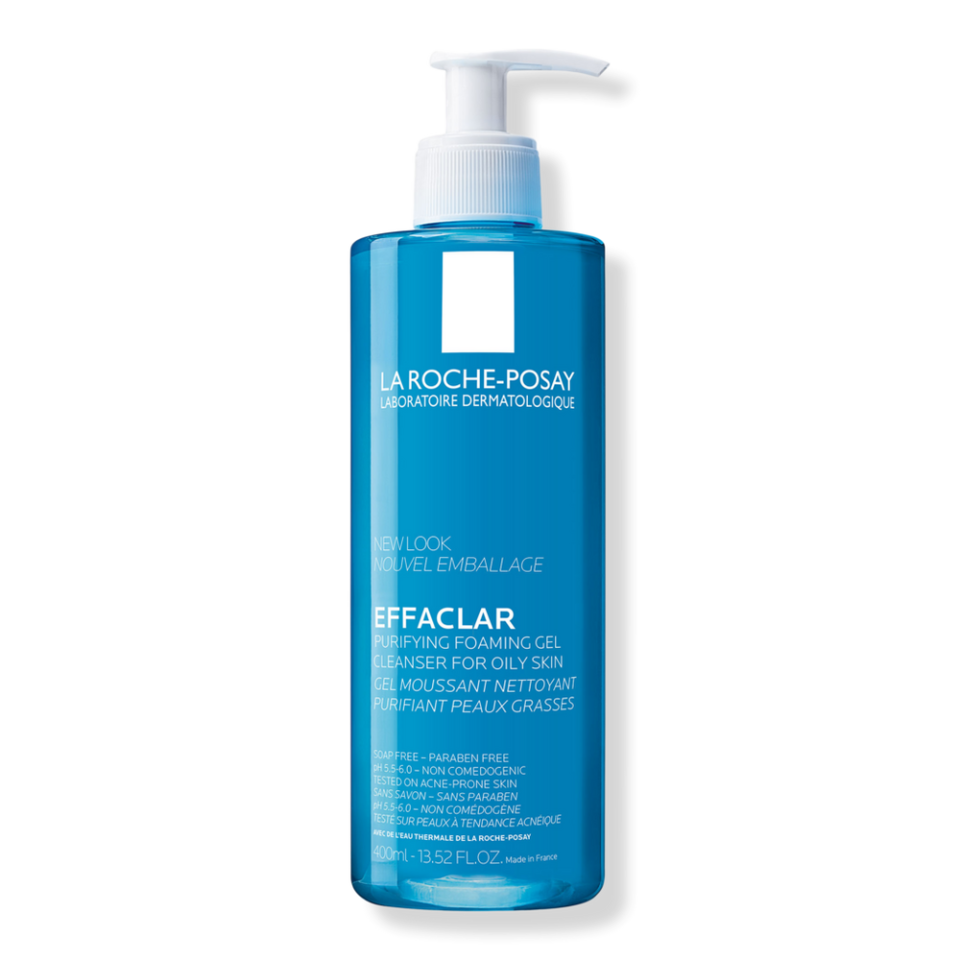
Effaclar Purifying Foaming Gel Cleanser for Oily Skin
ulta.com
$22.99
ulta.comSkin Perfecting 2% BHA Liquid Exfoliant
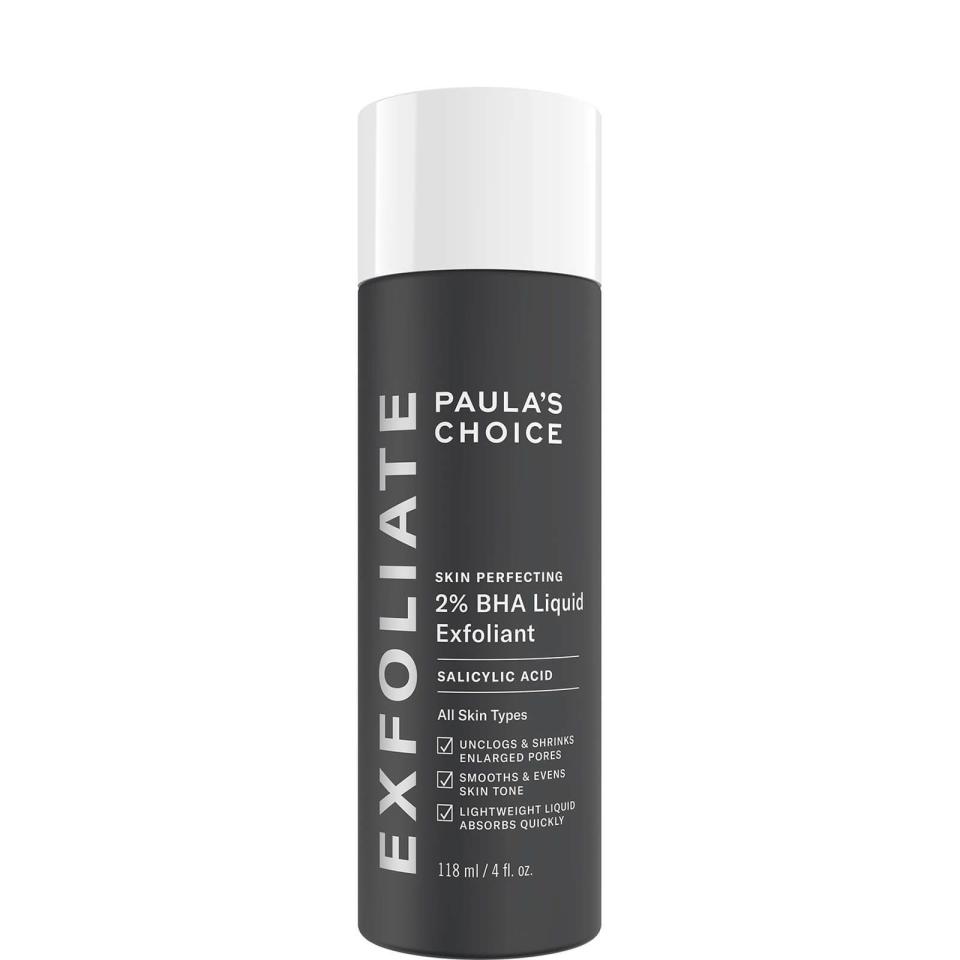
Skin Perfecting 2% BHA Liquid Exfoliant
dermstore.com
$35.00
dermstore.comResurfacing Retinol Facial Serum
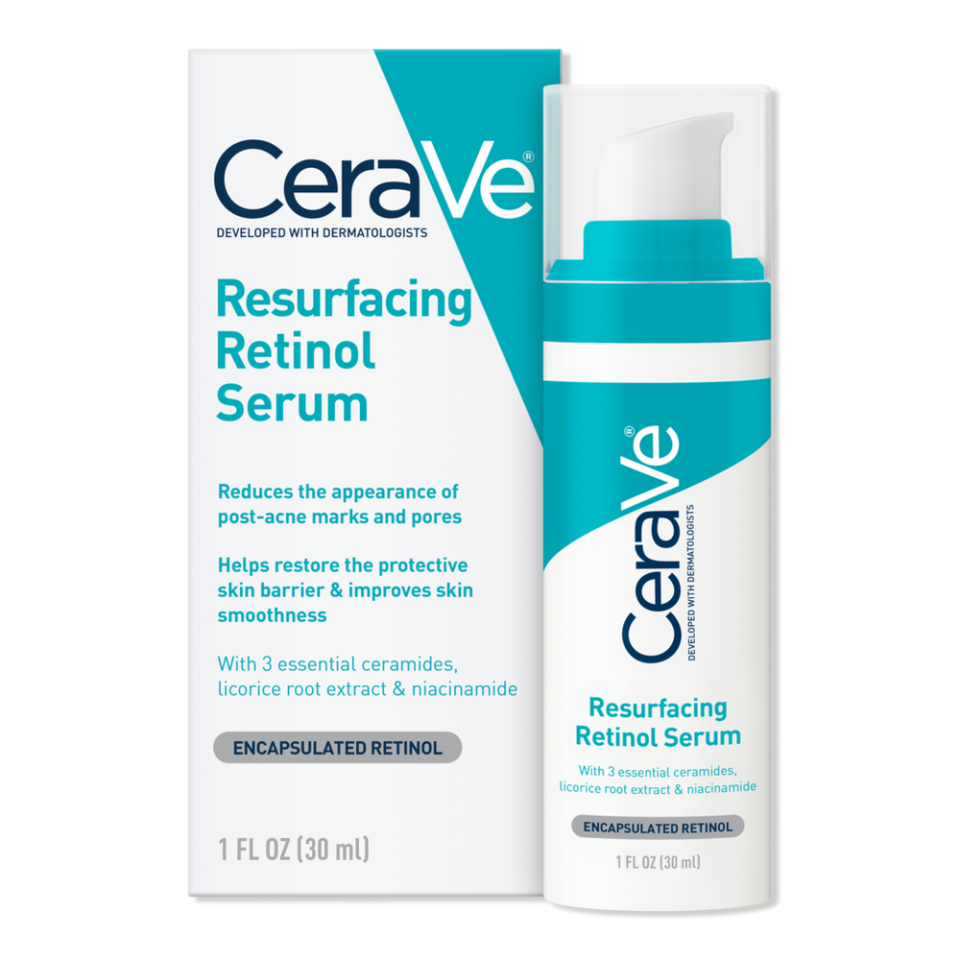
Resurfacing Retinol Facial Serum
ulta.com
$22.99
ulta.comInflammatory acne
Inflammatory acne is exactly what it sounds like: pimples that become inflamed due to bacteria settling inside of them. When this happens, it shows up as reddish lesions like papules and pustules, per Dr. Gohara.
Papules: “Papular acne typically appears as red, painful, or inflamed bumps on the superficial surface of the skin,” Dr. Zubritsky says. “It’s caused by an overproduction of sebum and acne-causing bacteria on the skin.” Papules can range in size, as they can appear small or large.
Pustules: As the name suggests, pustules contain pus, which is why they usually have a yellowish or off-white appearance. “These are like papules in that they become filled with sebum, oil, dead skin cells, and bacteria but white blood cells are also present to help fight off the infection,” Dr. Zubritsky says.
Nodules: These bumps (also known as nodular acne) are caused by “a combination of androgenetic hormones, bacteria, and overproduction of oil,” according to Dr. Zubritsky. They’re usually bigger, and they occur deeper beneath the skin. They can also be harder and larger in size, but slightly less painful.
Cysts: “Cystic acne lesions are deep, typically very painful, large lesions underneath the skin that are filled with pus,” Dr. Zubritsky says. These can be tender to the touch, and are typically caused by an excess of acne-causing bacteria on the skin and the presence of white blood cells trying to fight off the infection.
How to treat inflammatory acne
For papules and pustles, Dr. Zubritsky recommends adding salicylic acid and tretinoin to your routine. The latter ingredient is a prescription-strength retinoid typically used to treat acne, sun damage, and wrinkles by boosting skin cell turnover and calming inflammation. Since inflammatory acne is often caused by bacteria, she also recommends using benzoyl peroxide and topical antibiotics to help reduce bacteria on the skin.
Benzoyl Peroxide Cream Cleanser 5%
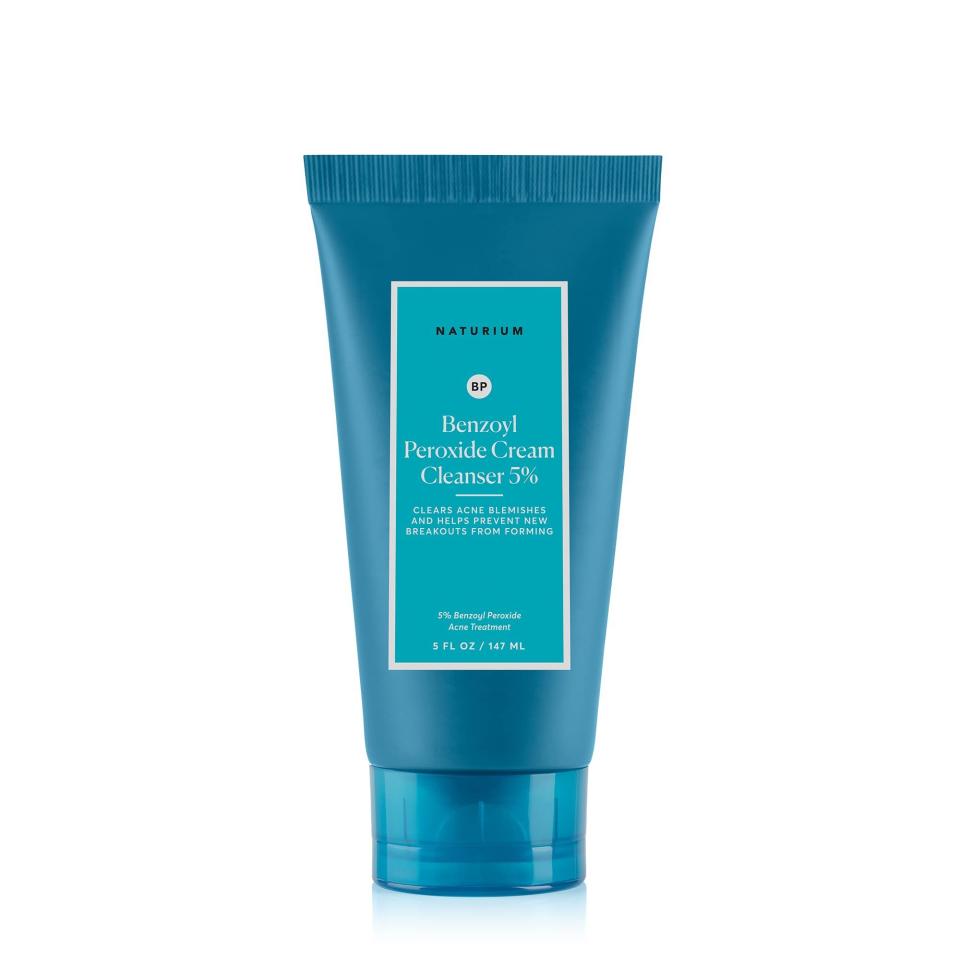
Benzoyl Peroxide Cream Cleanser 5%
amazon.com
$17.99
amazon.comStubborn Acne AM Face Treatment with 2.5% Micronized Benzoyl Peroxide
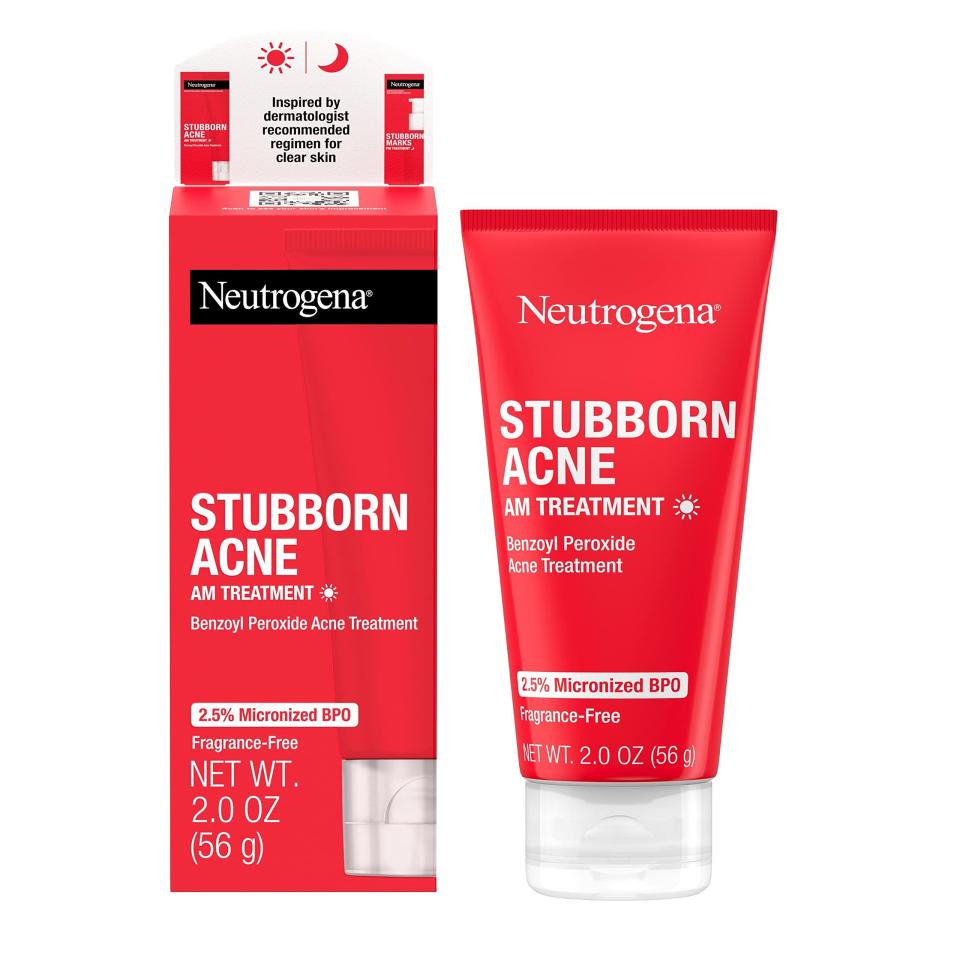
Stubborn Acne AM Face Treatment with 2.5% Micronized Benzoyl Peroxide
amazon.com
$10.52
amazon.comEffaclar Duo Dual Action Acne Spot Treatment Cream with Benzoyl Peroxide
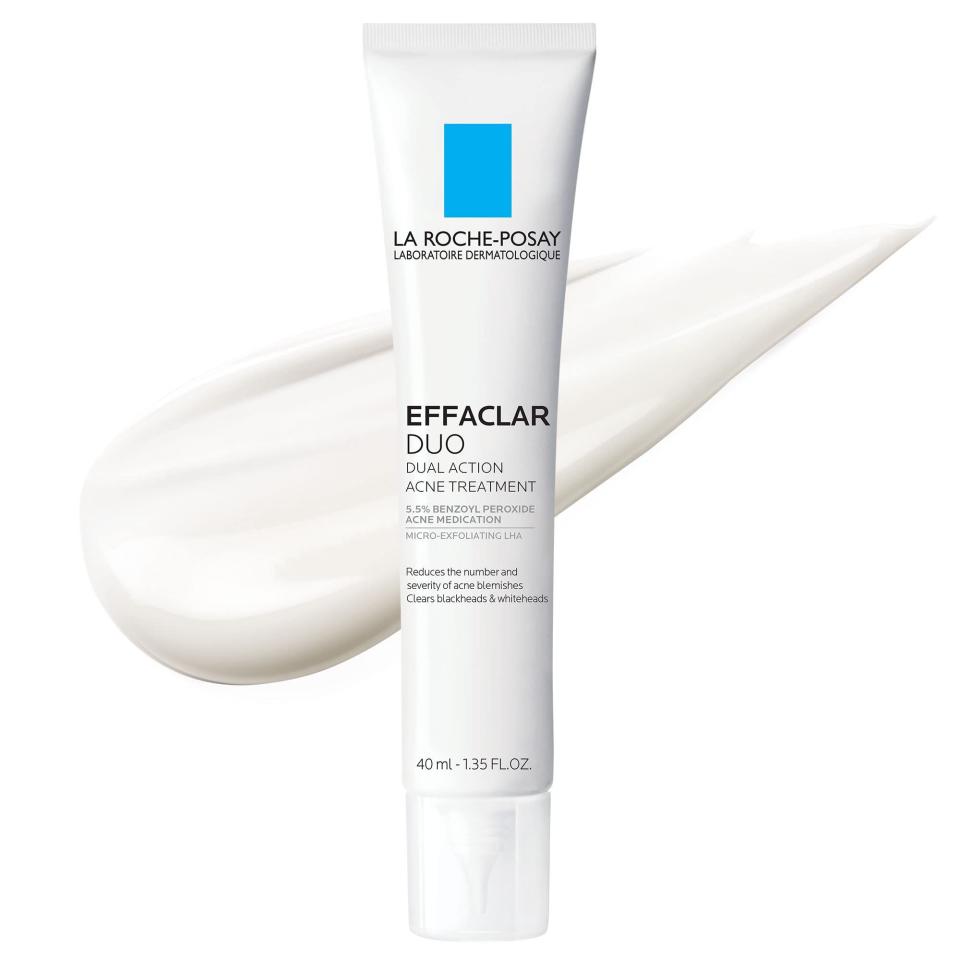
Effaclar Duo Dual Action Acne Spot Treatment Cream with Benzoyl Peroxide
amazon.com
$35.99
amazon.comSalicylic acid and benzoyl peroxide is another slightly tricky ingredient combination: while it's safe to use them both in your routine at the same time, they still both have the potential to cause irritation. "Consider using products with these ingredients on alternate days, or use one in the morning and the other in the afternoon," Dr. Camp says. "Remember to use moisturizer to limit skin dryness, which both can cause."
Nodular and cystic acne on the other hand can be treated with oral medications such as antibiotics, spironolactone (a medication that goes by the brand name Aldactone and works to reduce the amount of hormones that can cause excess sebum), birth control pills, or isotretinoin (sold under brand names like Claravis, Absorica, and Accutane).
"[Isotretinoin is] a vitamin A derivative that shrinks the glands in the skin that produce oils and acne," Dr. Gohara explains. "Once they're shriveled up and shrunk, they don't have that robust capacity to be responsive to hormones."
According to Dr. Camp, isotretinoin has potential to cause side effects like dryness, photosensitivity, chapped lips, dry eyes, worsening of acne at the beginning of treatment, and achy joints.
The bottom line
While the internet is a good place to start, if you're struggling to figure out what kind of acne you have or the best products and/or medications to use to treat it, your best bet is to have a conversation with your doctor or dermatologist who can help you come up with a plan.
You Might Also Like

